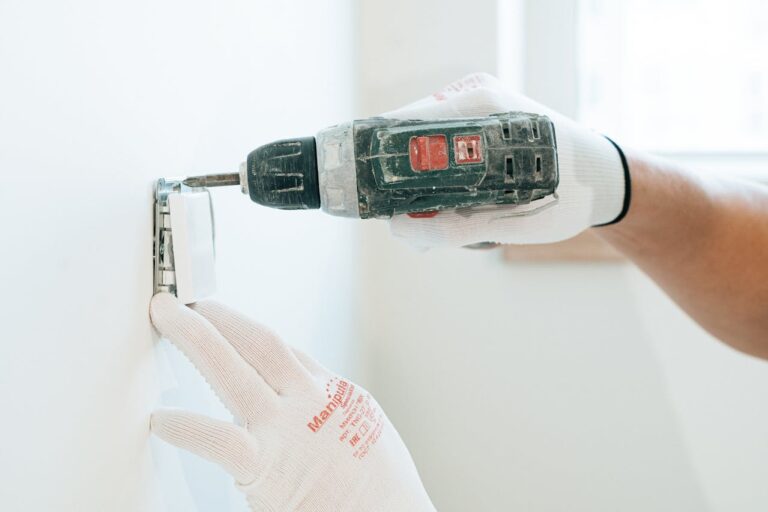
Chronic ankle pain can interfere with your daily life, making simple activities like standing and walking feel like challenges. This pain often results from inflammation, injuries, or strain, and can persist if overlooked. While professional care is sometimes necessary, there are steps you can take at home to ease the pain. Here is more information on chronic pain in the ankle, what causes it, how to address it effectively, and when to seek medical guidance.
What Is Chronic Ankle Pain?
Chronic ankle pain refers to long-lasting or recurring pain in the ankle area. Unlike temporary pain caused by acute injuries, chronic ankle pain typically lasts for weeks or months. It may feel dull, sharp, or throbbing, depending on the underlying cause. This condition often limits ankle movement and impacts overall mobility.
Recognizing this chronic pain early allows you to take proactive steps, reducing the chances of further complications. While it’s not always avoidable, understanding its nature is the first step in effective management. Treatment is possible.
What Are the Symptoms?
Symptoms of chronic ankle pain vary between individuals, but common indicators include persistent pain, swelling, and stiffness in the ankle joint. Some individuals may experience difficulty bearing weight on the affected foot or experiencing weakness and instability in the ankle. The ankle may feel tender to the touch or show visible signs of bruising. Pay attention to any symptoms that persist, as they may signal a condition that requires attention.
What Causes It?
The causes of chronic ankle pain can differ, but some may be more common than others. Past injuries, such as sprains or fractures, may lead to lingering pain if they haven’t fully healed. Arthritis, including osteoarthritis or rheumatoid arthritis, can contribute to joint pain over time.
Other potential causes include bursitis, high arch feet, tarsal tunnel syndrome, sural nerve entrapment, lupus, and more. Pinpointing the root cause is key to managing symptoms effectively. A specialist may help diagnose this pain and determine the best options for treatment.
What Remedies Help?
Several simple home remedies can provide relief for chronic pain in the ankle. Start by applying the R.I.C.E. method—rest, ice, compression, and elevation. Gentle ankle exercises, like rotating the joint or stretching, may improve strength and flexibility. If your ankle pain is associated with inflammation, over-the-counter anti-inflammatory medication can offer temporary relief. Relaxation practices and adjusting your lifestyle to incorporate low-impact activities may help lessen pain and keep your ankle stable.
When Should You Seek Treatment?
While many cases of chronic ankle pain can be managed at home, there are times when medical intervention is necessary. If your pain persists for weeks, worsens, or prevents you from walking, consult a healthcare professional. Swelling that doesn’t reduce with rest or pain accompanied by redness and warmth may indicate an underlying infection or other concern.
Specialists can perform comprehensive exams to determine if further treatment, such as physical therapy or specialized support, is needed. They also provide medical support like regenerative medicine and other foot care practices. Don’t hesitate to seek a professional opinion if you’re unsure about the severity of your symptoms.
Also Read: What to Expect When You Visit a Foot Specialist for the First Time?
Relieve Pain Now
By understanding the causes of pain in the ankle, recognizing its symptoms, and utilizing simple home remedies, you can begin to reduce pain. Regular care and consistent attention are key to maintaining your ankle’s health and mobility. If you’re ready to take the next step toward lasting relief, explore additional resources or contact a professional for guidance.








